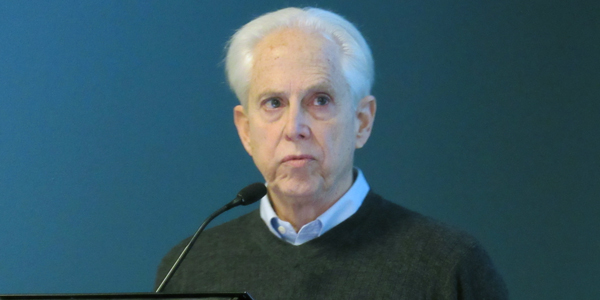By Amanda Durish Cook
CARMEL, Ind. — MISO has called off a proposal to rely on data from its load-serving entities to compile its own long-term load forecast, stakeholders learned last week.
The RTO will instead continue to use independent load forecasts (ILFs) prepared by Purdue University’s State Utility Forecasting Group but with a twist: It will now order four versions of the forecast, each tailored to one of the futures used to inform MISO’s annual Transmission Expansion Plan.
“After careful consideration of the comments and proposals by stakeholders, MISO will begin to use the independent load forecasts to develop futures-specific load and energy forecasts for MTEP 20 and beyond,” John Lawhorn, MISO senior director of policy and economic studies, told stakeholders at a June 13 Planning Advisory Committee meeting.
Lawhorn said “consistency and clarity, not necessarily increased precision,” prompted the decision, and he stressed that MISO will continue to use LSE forecasts to plan for resource adequacy.
The expanded independent forecast is “for transmission planning purposes only,” Lawhorn said.
“I know we’ve been talking about the ILF for the past five years, with more discussion in the past eight months,” he said.
The change to an LSE-based forecast would have required MISO’s 140-plus LSEs to annually assemble four different 20-year load forecasts to fit with each of the MTEP futures, an unpopular proposition with many stakeholders. (See Advisory Committee Steps up Criticism of MISO Forecast Plan.)
The LSEs themselves were mixed over whether they would be able produce their own 20-year forecasts. An April survey generating responses from one-third of LSEs representing about two-thirds of load showed that LSEs estimated the costs of putting together forecasts would be anywhere from “minimal” to a few hundred thousand dollars, Lawhorn said.
“Costs were all over the map from that perspective, whether they already had a load forecasting group or not,” Lawhorn said in April.
Stakeholders at last week’s meeting asked whether MISO has a plan to monitor its ILFs and compare them with actual loads after the fact.
Lawhorn said although it’s difficult for MISO to line up all variables to compare forecasted load to actual load, Purdue’s own analysis has shown its forecasts “trend well” with actual load in the long term.
Other stakeholders expressed concerns that MISO had no specific plan to hold the ILF to a standard of accuracy.
WPPI Energy’s Steve Leovy said he would have liked MISO to hold more discussion with stakeholders before deciding on the ILF, adding that a single survey of LSEs was inadequate to collect opinions. Organization of MISO States Executive Director Tanya Paslawski said she was likewise concerned about MISO’s short comment period and scant communication about its decision. She noted she would take her concerns to her Board of Directors.
‘Post-capacity’ Planning
MISO said it makes sense for the ILF to be tailored to MTEP futures because energy usage is increasingly driving transmission planning, shifting away from capacity-based planning that relies on an annual system peak. The RTO says it will increasingly experience peaks that can occur during any hour of the year.
“It’s a shift that we’re seeing from a capacity-planning paradigm to an energy-planning paradigm … as we move to more facilities that are small and local. Energy delivery is becoming the driver of a robust transmission system. Moving energy around the system becomes more important as the resource mix changes,” Lawhorn said, pointing to MISO’s 93-GW interconnection queue, which includes 80 GW of potential renewable sources. “This is portending to be a major shift in our system.”




